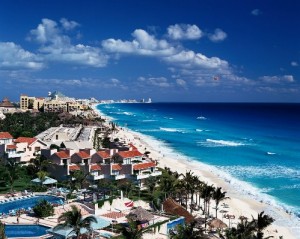With the news that Charleston will soon be getting its own private residence club, we thought we would take a look at this relatively new real estate concept. Residence clubs first came on the scene in 1992 with DCP International’s development of the Deer Valley Resort in Utah. Private residence clubs have become a luxurious but affordable option for folks interested in purchasing a second home. Typically located in highly desirable resort locations, residence clubs sell ownership to members in fractions that range from one-twelfth to one-fourth. Promoters are quick to point out that residence clubs are NOT timeshares in which specific calendar dates are sold.
Residence club ownership is considered a real estate investment. It involves a real estate deed and offers flexible use of the so-called second home. Owners choose a “home club” where they will spend the majority of their vacation time and are allowed to exchange time with other affiliated residence club locations. Residence clubs also set themselves apart from timeshares by offering five-star service reminiscent of exclusive luxury resorts, such as chauffer service, congeries, gourmet kitchens and top-of-the-line high-end furnishings.
Today, private residence clubs represent the fastest-growing sector of the vacation home real estate market. If you are considering owning a second home, but do not want the hassle of maintaining and securing a second property, then a private residence club may be the perfect choice for you. Ownership costs can begin at around $60,000 and climb as size, location desirability and amenities increase.
Examples of clubs include Ritz-Carlton Club Aspen Highlands (starting at $120,000–$130,000), Dubai’s Banyan Tree Private Collection ($150,000–$250,000), Le Paradis in St. Lucia ($600,000–$1.3 million), Palazzo Tornabuoni Four Seasons Residence Club in Florence, Italy (€445,500–€660,000) — and soon — the Residences on King in Charleston, SC (currently home of the Restoration on King).

News